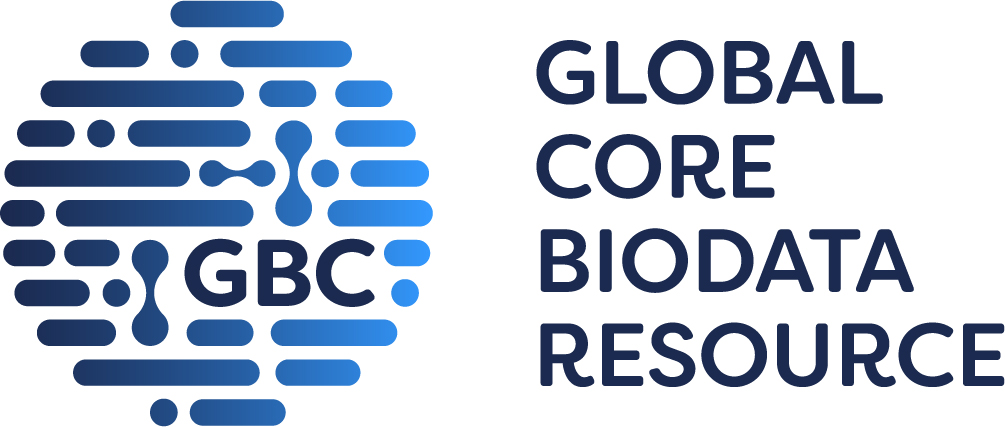
GtoPdb is requesting financial support from commercial users. Please see our sustainability page for more information.
Apelin receptor C
Unless otherwise stated all data on this page refer to the human proteins. Gene information is provided for human (Hs), mouse (Mm) and rat (Rn).
Overview
« Hide
More detailed introduction 
The apelin receptor (nomenclature as agreed by the NC-IUPHAR Subcommittee on the apelin receptor [18] and subsequently updated [20]) responds to apelin, a 36 amino-acid peptide derived initially from bovine stomach. Apelin-36 (APLN, Q9ULZ1), apelin-13 (APLN, Q9ULZ1) and [Pyr1]apelin-13 (APLN, Q9ULZ1) are the predominant endogenous ligands which are cleaved from a 77 amino-acid precursor peptide (APLN, Q9ULZ1) [22]. A second family of peptides discovered independently and named Elabela [5] or Toddler, that has little sequence similarity to apelin, is present, and functional at the apelin receptor in the adult cardiovascular system [17,26]. The enzymatic pathways generating biologically active apelin and Elabela isoforms have not been determined but both propeptides include sites for potential proprotein convertase processing [21]. Structure-activity relationship Elabela analogues have been described [16,23]. The stoichiometry of apelin receptor-heterotrimeric G protein complexes has been studied using cryogenic-electron microscopy [27]. A crystal structure for the apelin receptor in complex with a G protein-biased agonist has been reported [24].
Receptors
|
apelin receptor
C
Show summary »
More detailed page |
Comments
Further reading
How to cite this family page
Database page citation (select format):
Concise Guide to PHARMACOLOGY citation:
Alexander SPH, Christopoulos A, Davenport AP, Kelly E, Mathie AA, Peters JA, Veale EL, Armstrong JF, Faccenda E, Harding SD, Davies JA et al. (2023) The Concise Guide to PHARMACOLOGY 2023/24: G protein-coupled receptors. Br J Pharmacol. 180 Suppl 2:S23-S144.








Potency order determined for heterologously expressed human apelin receptor (pD2 values range from 9.5 to 8.6). The apelin receptor may also act as a co-receptor with CD4 for isolates of human immunodeficiency virus, with apelin blocking this function [3]. A modified apelin-13 peptide, apelin-13(F13A) was reported to block the hypotensive response to apelin in rat in vivo [13], however, this peptide exhibits agonist activity in HEK293 cells stably expressing the recombinant apelin receptor [8]. The apelin receptor antagonist, MM54, was reported to suppress tumour growth and increase survival in an intracranial xenograft mouse model of glioblastoma [9].